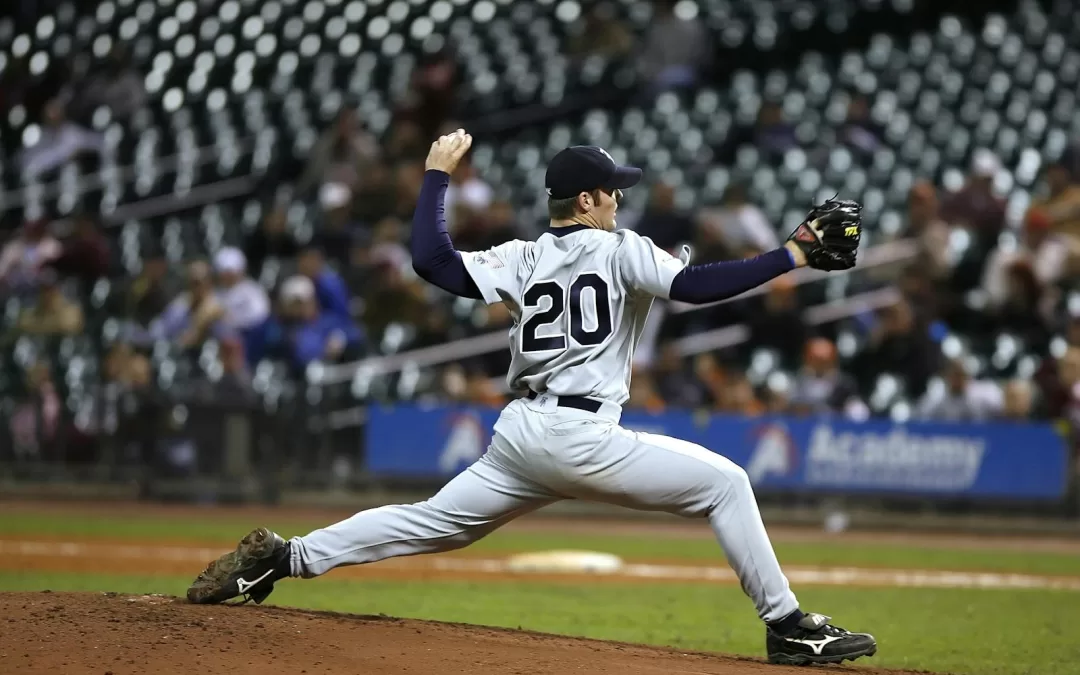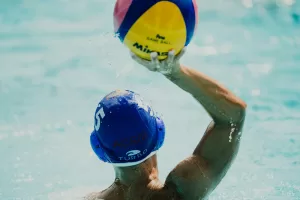Understanding Rotator Cuff Pain in Active Populations
Shoulder pain, particularly rotator cuff (RC) injuries, is one of the most common complaints among athletes and active individuals. The rotator cuff, comprising the supraspinatus, infraspinatus, teres minor, and subscapularis, stabilises the shoulder and enables dynamic overhead movement. Athletes in cricket, tennis, AFL, and CrossFit are especially prone to strain this system through repetitive, high-load movements (Desmeules et al., 2025).
At Praxis Physiotherapy, we specialise in managing rotator cuff injuries with precision. Our expertise spans throwing athletes, tennis players at our Coops Club location, contact sports like AFL, and recreational CrossFit athletes — ensuring tailored care across sporting domains.
Tailored Treatment Backed by Clinical Evidence
Current guidelines recommend avoiding over-reliance on imaging and emphasize active rehabilitation. Many rotator cuff cases can be effectively managed without surgery, using structured, progressive rehab programs including resistance training, neuromuscular re-education, and load management (Desmeules et al., 2025).
Key strategies include:
- Individualised education about the condition and recovery timeline
- Isometric and isotonic strengthening of shoulder stabilizers
- Use of validated outcome tools (e.g., handheld dynamometry, ROM apps) to track progress
- Selective adjuncts, such as manual therapy or taping, when needed for short-term symptom relief
In persistent or complex cases, our close collaboration with shoulder and knee surgeon Dr. Kelly Macgroarty ensures a seamless escalation pathway and expert review.
 The Athletic Shoulder: Why Sport-Specific Rehab Matters
The Athletic Shoulder: Why Sport-Specific Rehab Matters
The demands placed on a shoulder in throwing or overhead sports are extreme. During a cricket bowl or tennis serve, angular velocities can reach 7000–7500°/s, and forces on the shoulder joint can exceed bodyweight (Wilk et al., 2009). These actions demand both mobility and stability—a balance referred to as the “thrower’s paradox.”
Our assessments go beyond the shoulder joint, considering the entire kinetic chain — from trunk control to hip mobility — to ensure optimal movement integration and minimize overload (Cools et al., 2021).
The Evidence on Rehabilitation & Prognosis
Recent guidelines emphasize exercise-based rehab as the most effective first-line intervention. Strength gains and symptom reduction are typically seen within 12 weeks if appropriately dosed (Desmeules et al., 2025). Furthermore, the longer pain persists, the lower the likelihood of full recovery from physiotherapy alone (Chester et al., 2013).
In terms of injury prevention, shoulder-focused warm-up programs — such as FIFA 11+, the Oslo Shoulder Program, and sport-specific throwing drills — have shown a moderate to large effect size in reducing injury risk (Liaghat et al., 2023).
Return to Sport: Measured, Not Rushed
Our return-to-sport protocols are designed to ensure both readiness and resilience. We use objective criteria:
- Strength benchmarks (e.g. ER/IR ratio)
- Symmetry comparisons
- Fatigue tolerance testing
- Sport-specific drills and reactive control
Whether you’re pressing overhead in a CrossFit WOD, tackling in AFL, or ramping up bowling loads in cricket, our protocols ensure a safe and confident return.
Prevention: Not an Afterthought
Our clinic philosophy incorporates injury prevention from the first session (PREVENT | PREPARE | PERFORM). For athletes at our Coops tennis facility, we screen for scapular dyskinesis and GIRD (glenohumeral internal rotation deficit). For CrossFitters, we optimise loading strategies and lifting technique.
Prevention is an ongoing cycle: screen, intervene, reassess. It’s not just about avoiding injury—it’s about building capacity and sustaining high performance (Cools et al., 2021).
Conclusion
Rotator cuff pain doesn’t have to be a long-term setback. With expert diagnosis, individualised rehab, and a sport-specific return plan, most athletes recover without surgery. At Praxis, we combine cutting-edge evidence with clinical experience — and our collaboration with orthopaedic surgeon’s and sports medicine practitioners means you’re in expert hands every step of the way. For more on throwing specifically, check out our blog where we put the Praxis team to the test!
Ready to take control of your shoulder pain? Book an appointment today and let our team guide you back to strength, confidence, and performance.
📍 Clinics in Teneriffe, Buranda, and Carseldine
💪 Trusted by athletes. Backed by evidence. Here for everyone.
References
- Desmeules, F. et al. (2025). Rotator Cuff Tendinopathy: Diagnosis, Nonsurgical Medical Care, and Rehabilitation: A Clinical Practice Guideline. Journal of Orthopaedic & Sports Physical Therapy, 55(4), 235–274.
- Wilk, K.E. et al. (2009). Shoulder Injuries in the Overhead Athlete. Journal of Orthopaedic & Sports Physical Therapy, 39(2), 38–54.
- Cools, A.M. et al. (2021). The Challenge of the Sporting Shoulder: From Injury Prevention Through Sport-Specific Rehabilitation Toward Return to Play. Annals of Physical and Rehabilitation Medicine, 64, 101384.
- Chester, R. et al. (2013). Predicting Response to Physiotherapy for Musculoskeletal Shoulder Pain: A Systematic Review. BMC Musculoskeletal Disorders, 14, 203.
- Liaghat, B. et al. (2023). Diagnosis, Prevention, and Treatment of Common Shoulder Injuries in Sport: Grading the Evidence. British Journal of Sports Medicine, 57, 408–416.


 The Athletic Shoulder: Why Sport-Specific Rehab Matters
The Athletic Shoulder: Why Sport-Specific Rehab Matters